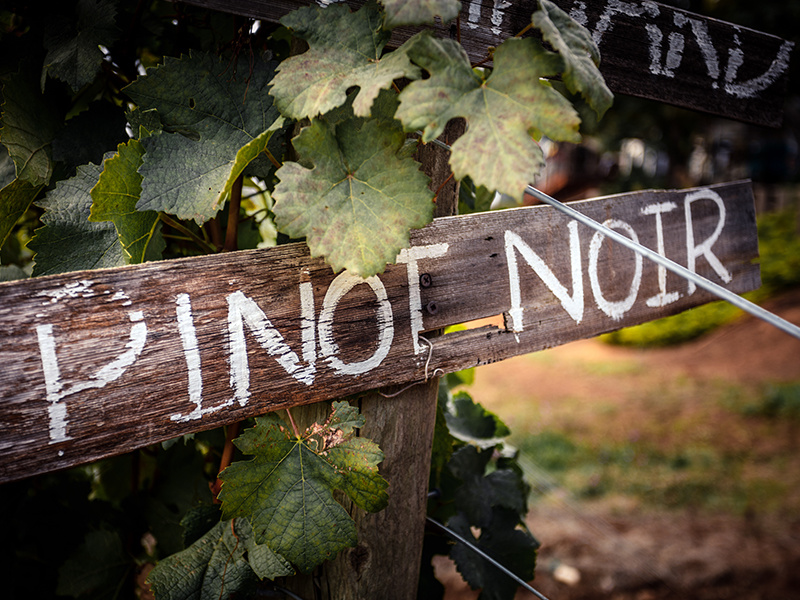A Comparative Tasting of Pinot Noir
- Posted on
- Posted in California, france, Germany, pinot noir, wasthington
- 0

This coming weekend, City Vino presents a comparative tasting of Pinot Noirs. Our definition of comparative tasting for this event is multiple wines, made from the same grape, from different regions.
For the weekend of February 18th and 19th, we will present four wines made from Pinot Noir grape. Tasting them side-by-side will give you the opportunity to compare and contrast the wines. Which of the four wines is the lightest, the darkest, the fruitiest, the earthiest, the tartest, and which one pleases your palate the most?
Before we get to the wines and where they are from (keeping you in suspense), here is a little bit of information about the Pinot Noir grape. Pinot Noir is a red grape that likely originated in the Burgundy region of France. The grape is used to make not only red wines, but also white (no skin contact), rose (very limited skin contact), and sparkling wine (again no skin contact), and is famously used in many Champagnes. The French name, Pinot Noir, translated into English is “black pinecone” thus describing the color and the shape of the clusters.
Pinot Noir prefers climates that aren’t at the extremes and that have a long and cool growing season as the grape does best when it ripens gradually. The suitability of some places that we would deem too extreme for this preference is often mitigated by things like altitude, as the higher you go the cooler it is; or by bodies of water, which often warm a cool area and allow a longer growing season.
There are many factors that influence what the finished wine will taste like, including the climate the grapes are grown in. Other factors include the specific clone of the grape, soils it is grown in, amount of sun and rain, and sugar levels, acidity, and phenolic ripeness at the time of harvest. Additional factors after harvest include the time the skins stay in contact with the grapes, yeast used, temperature of fermentation, aging on the lees, and whether tank or oak barrel aged. We haven’t even mentioned the origins of the oak the barrel is made out of, or how many times it’s been used before.
Our comparative tasting takes us to California. By volume, California produces the most Pinot Noir in the United Sates. California Pinots often have aromas and flavors of plum, raspberries, roses, and spice like clove. The California wine that we will be tasting is the 2017 Highway 12 Pinot Noir.
When you say red Burgundy, it is Pinot Noir. Burgundian Pinot Noirs are wines that are known to age well, and as they age some complex fruit notes and forest flavor flavors tend to emerge. They also tend to display some savory characteristics. The wine from Burgundy in this tasting is the 2019 Louis Max Beaucharme Pinot Noir.
There is a good reason that the Willamette Valley in Oregon is known for Pinot Noir. This area is at the same latitude as Burgundy, in France, and has a very similar climate. Willamette Pinot Noir tends to be concentrated in flavor, with bright red berry fruit like cranberry and cherry, along with some earthiness. The 2020 Les Brebis Pinot Noir is our featured Willamette wine.
Pinot Noir is the most planted red grape in Germany where it is often called Spätburgunder. This translates as “Late Burgundian,” which is a reference to the grape’s affinity for doing best in an area with a long growing season. Germany is third in Pinot Noir production, behind France and the United States. German Pinot Noir leans toward flavors of cranberry and cherry with some earth and spices, like cinnamon and allspice. The 2019 Villa Wolf Pinot Noir Pinot Noir, from the Pfalz region, is our German entry.
Be sure to let us know on our Facebook page which Pinot Noir was your favorite and what you liked about it!

Comments
Be the first to comment...